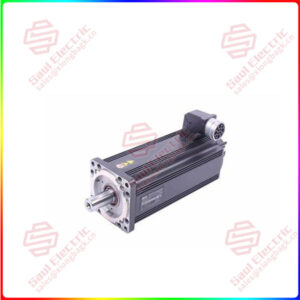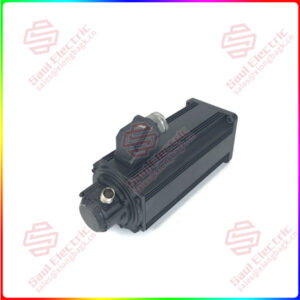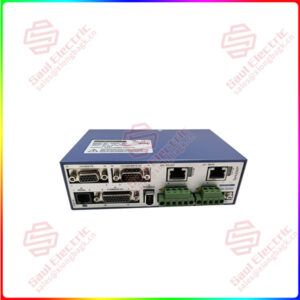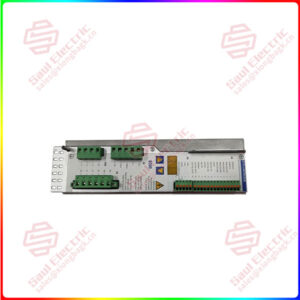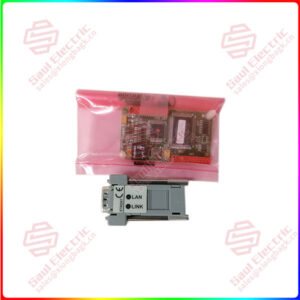Description
Overview
Essential details:RRAIO16 Rolls-Royce digital input and output board
lf you need to inquire or purchase ,please send the product models to my email or call medirectly .
sunny He
[Email] sales@xiongbagk.cn
[Mobile] 86-18059884797
[WhatsApp] 86-18059884797
[Skype] sales@saulcontrol.com
RRAIO16 Rolls-Royce digital input and output board
type
From a technical point of view, there are three mainstream monitoring methods:
1. Coastal CDMA network monitoring
That is, through the CDMA network of China Telecom (formerly China Unicom) to realize the dynamic monitoring of coastal ships.
This monitoring method requires the ship to install the transmitter, the shore-based installation of receiving equipment, through the CDMA network to achieve the ship dynamic data transmission.
The outstanding disadvantage of this monitoring method is that it can only be used in coastal areas with CDMA signals, so it is suitable for coastal transport vessels.
2. Satellite monitoring
Refers to the transmission of ship position data to the company through shipborne satellite transmitters and receivers.
This method is not restricted by the sea area where the ship is located, and can better achieve all-weather monitoring.
However, the significant disadvantage is that satellite communication is expensive and not suitable for continuous monitoring.
3. Coastal AIS system monitoring
It refers to the signal sent by the onboard AIS system to grasp the dynamic data of the ship in real time.
AIS, which stands for Ship Identification System, is mandatory for any ship over 500 gross tonnage in the world, so the range of ships covered is very wide.
Since the signal transmitted by the AIS system can only cover the distance of 30 nautical miles around, the dynamic monitoring of ships in the port area can only be achieved through the AIS system.


 1 Year Warranty
1 Year Warranty

